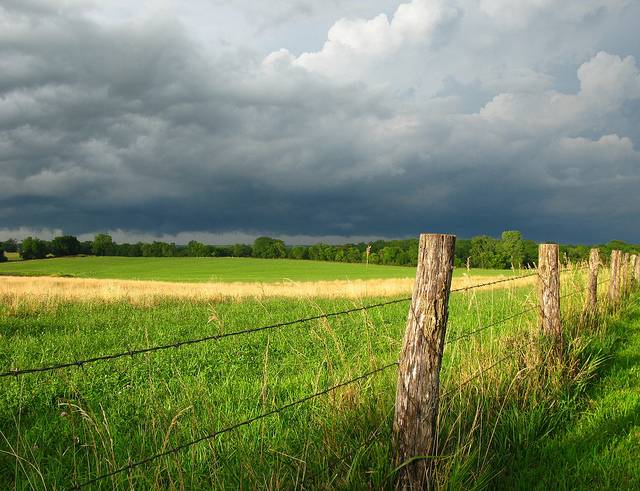
As one of the oldest American industries, farming has a renowned reputation as the beating heart of the American economy. With over two million American farms in operation, Gross Cash Farm Income (GCFI) is forecasted at $428 billion in 2019 alone. Don’t let the numbers fool you into thinking it’s a guaranteed success story though; farm management is a complex and ever-changing operation that keeps even the most skilled entrepreneurs on their toes. Whether you’re thinking about stepping onto the scene or have just made the leap, keep reading to get the real dirt on running an American farm.
It Takes a Village
Depending on crop types and farm size, you might manage anywhere from a few to a few dozen workers. To successfully run a business with that many people requires keen management experience. It’s important that you understand how to mitigate employee conflict, delegate tasks, provide constructive and actionable feedback, and understand how your employees are moving the business forward if you want to be a good manager. If you aren’t interested in managing workers on a day to day basis, you may find yourself in a challenging position running a farm.
Another important employee consideration is seasonal versus full-time employees. While your busy season may require twice as many hands, your off-seasons usually won’t produce enough crops to justify the same amount of workers. This resourcing conflict makes it difficult for farmers to hire seasonal workers, as full-time employment is more lucrative to most people. It’s an important consideration to take into account and one you should actively plan for when budgeting and hiring during busy seasons.
Hopping on the Bandwagon
The agriculture industry is not immune to cultural trends and fads. In fact, overarching trends apply to the food and beverage industry more often than not. Right now, we are experiencing a cultural shift away from corporate-centered, mass-produced food and towards fresh, locally grown, food that consumers can feel good about eating.
Claim up to $26,000 per W2 Employee
- Billions of dollars in funding available
- Funds are available to U.S. Businesses NOW
- This is not a loan. These tax credits do not need to be repaid
Data shows that 95% of U.S. households are willing to pay more money for local food, with the primary driving reason being “freshness.” This opens endless opportunities for farmers to cater to farm-to-table restaurants, farmer’s markets, or local grocery stores. However, it’s important to determine for yourself which trends are worth hopping on the bandwagon.
For example, organic food is projected to grow more than 14 percent between 2016 and 2021. While this is a major business opportunity, growing organic food requires livestock without antibiotics or growth hormones, crops free of conventional pesticides, and fertilizers made without synthetic ingredients.
Can your farm operate under these strict guidelines? Would you end up spending more money to produce crops at the quantity needed under these guidelines? These are important questions to consider. Choose the businesses opportunities that make sense for your business model, your demographic, and your financial health.
Staying Strategic on Supplies
Similar to many other industries, farming supplies is a major financial consideration. Commodity prices for land, tools, machinery, and feed are constantly fluctuating year over year, and the amount you’ll pay for these supplies will have a direct effect on your end of year profits.
Ensure your budget accounts for these changing prices so that your supplies don’t put you in the red. The United States Department of Agriculture (USDA) releases cost and return data each year on everything from oats and barley to hogs and cows, so you can forecast expenses accordingly.
Understand Your Earning Potential
Farmers do what they do because they love it. Whether it’s a family farm passed down from generation to generation or someone who simply enjoys the work, farming is a career path for the passionate. With that being said, it’s important for any interested prospects to understand that running a farm is no get rich quick scheme.
Your income will depend on farm size, crop success, mark conditions, and more, meaning that income will be slightly inconsistent year to year. Salaries can range anywhere from $35,020 to $126,070, with most farmers falling somewhere around $75,790. Increasing production, qualifying for government programs, or pursuing a college education in Agriculture are all actionable steps that can put you at the higher end of the spectrum.
Running an American farm is no easy feat, but understanding the role you’re stepping into is half the battle. For more information on how to buy or sell a farm, look to BusinessesForSale.com for expert advice you can trust.



